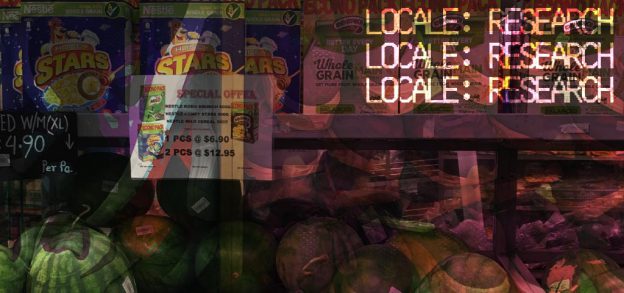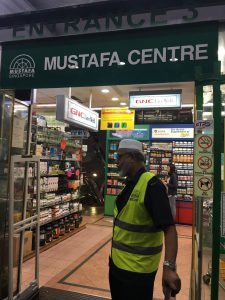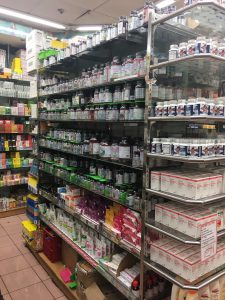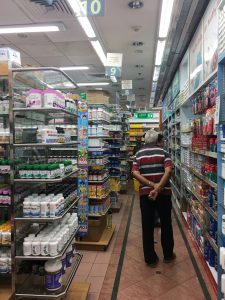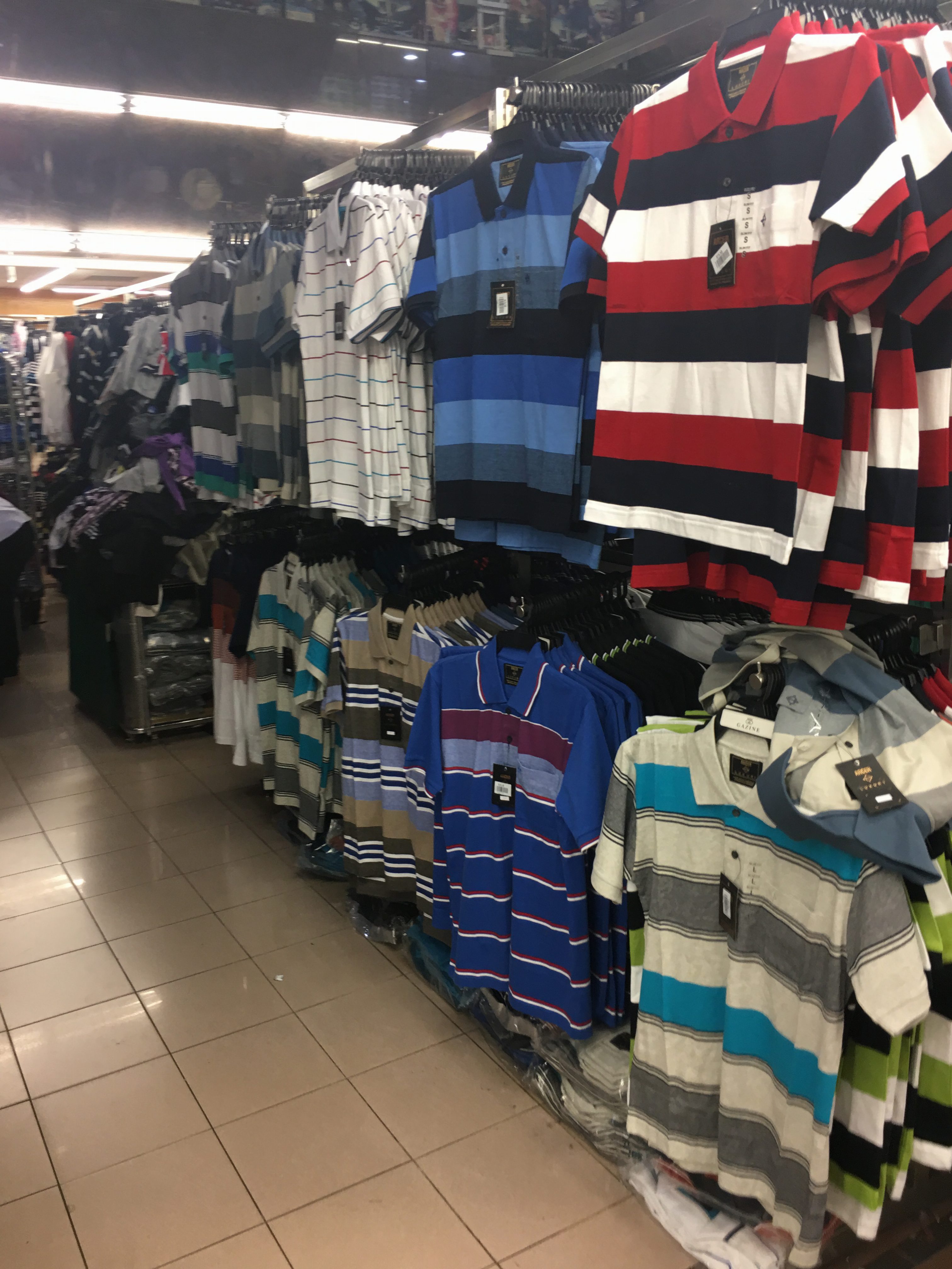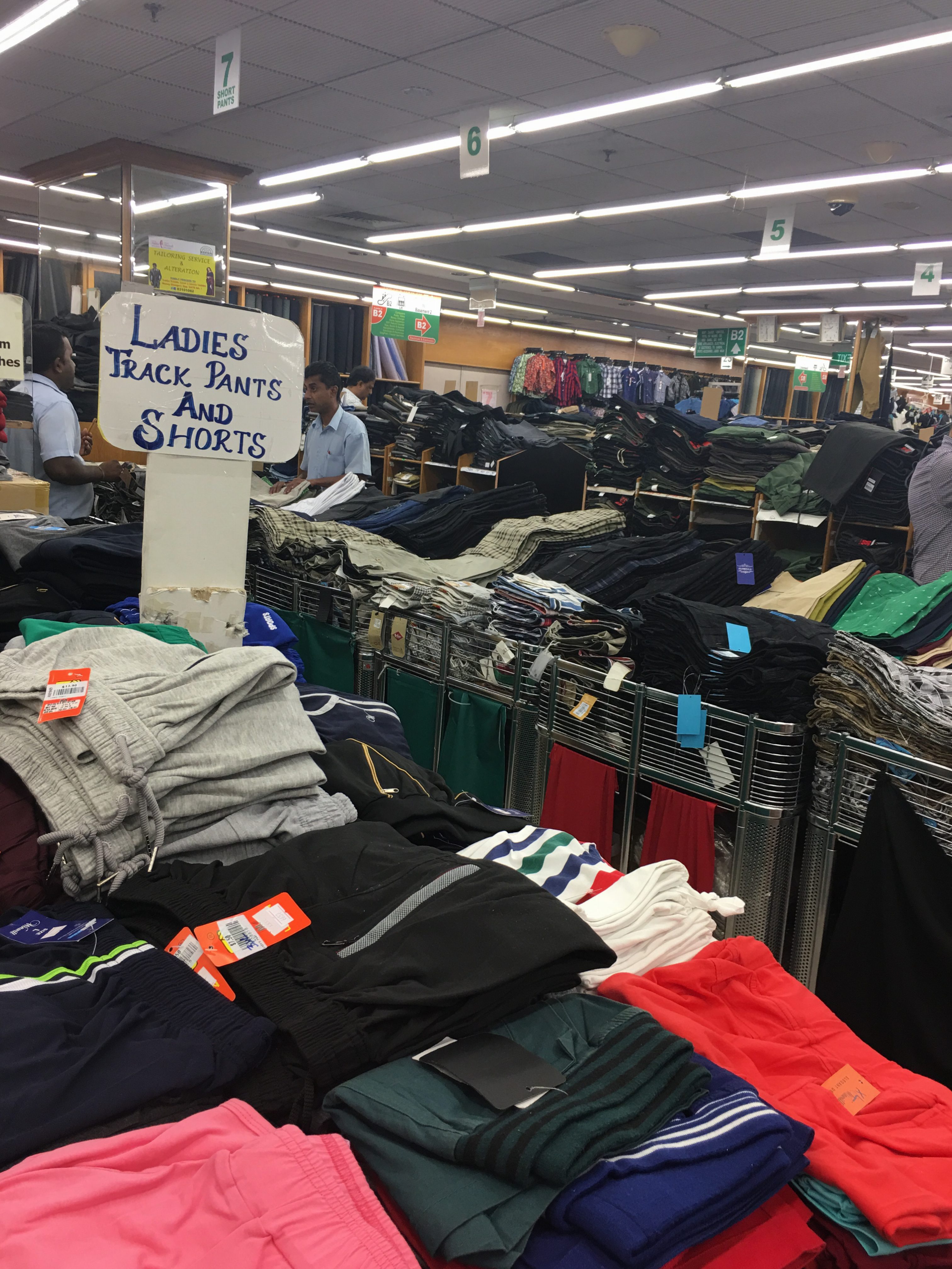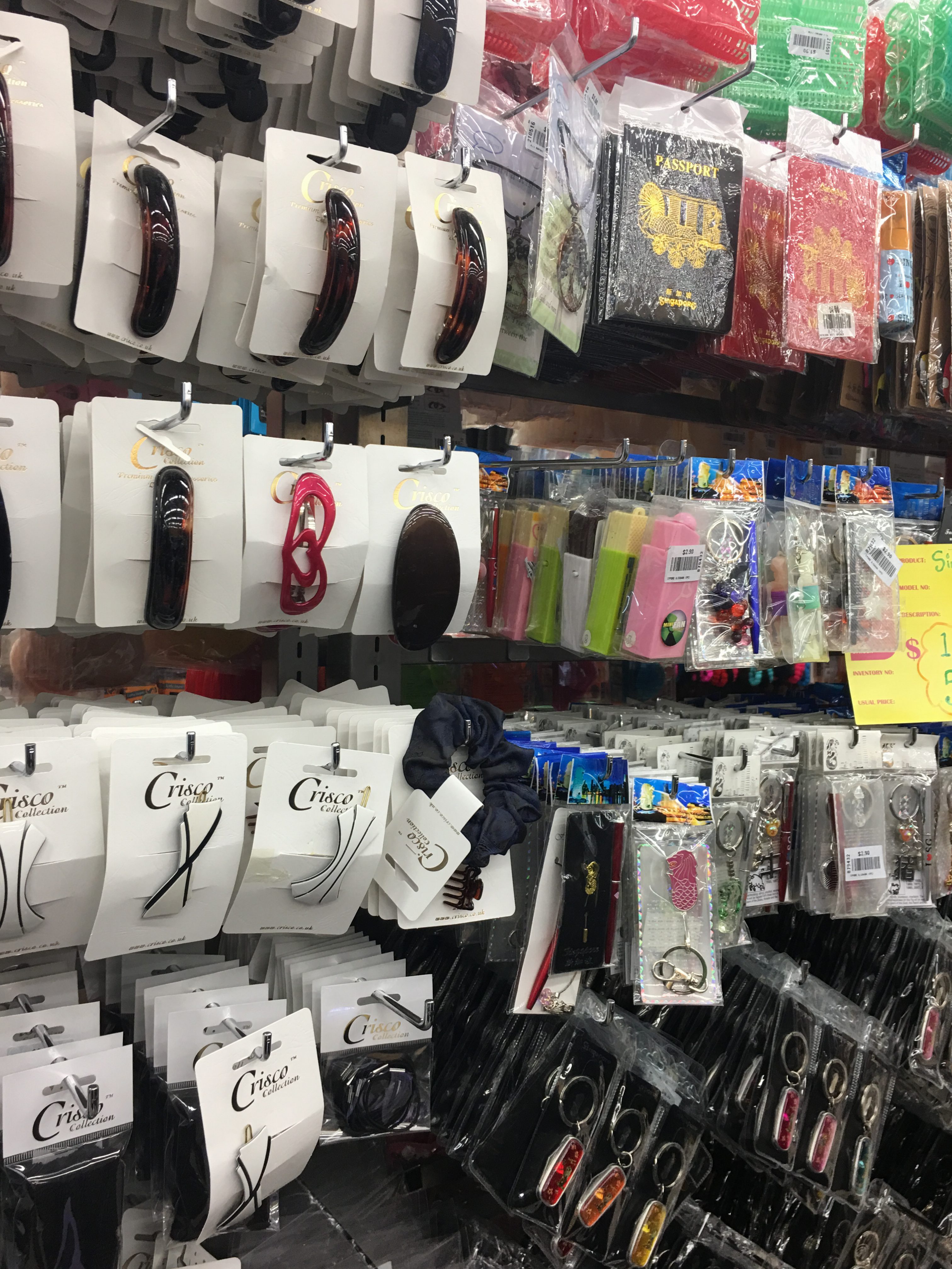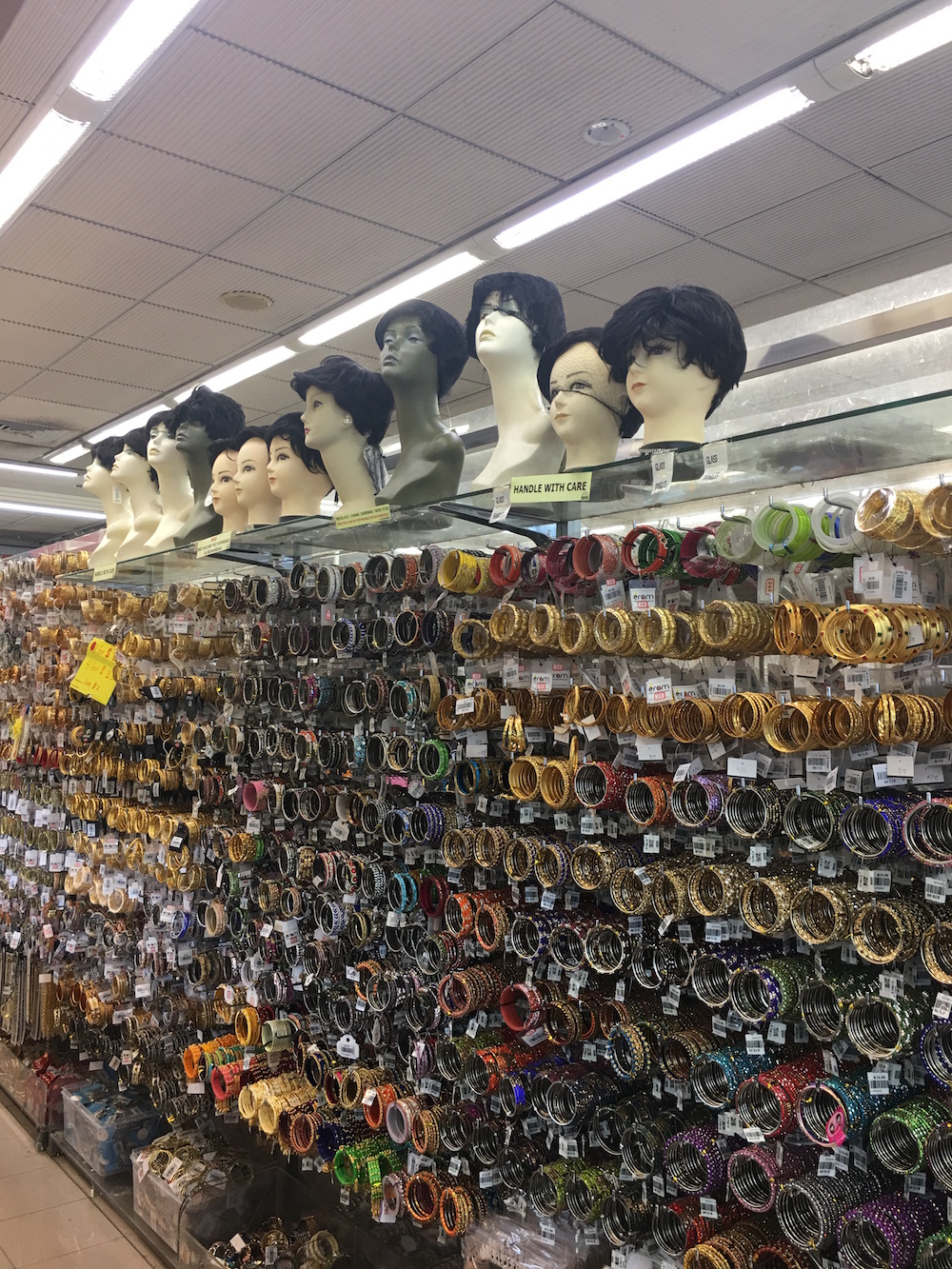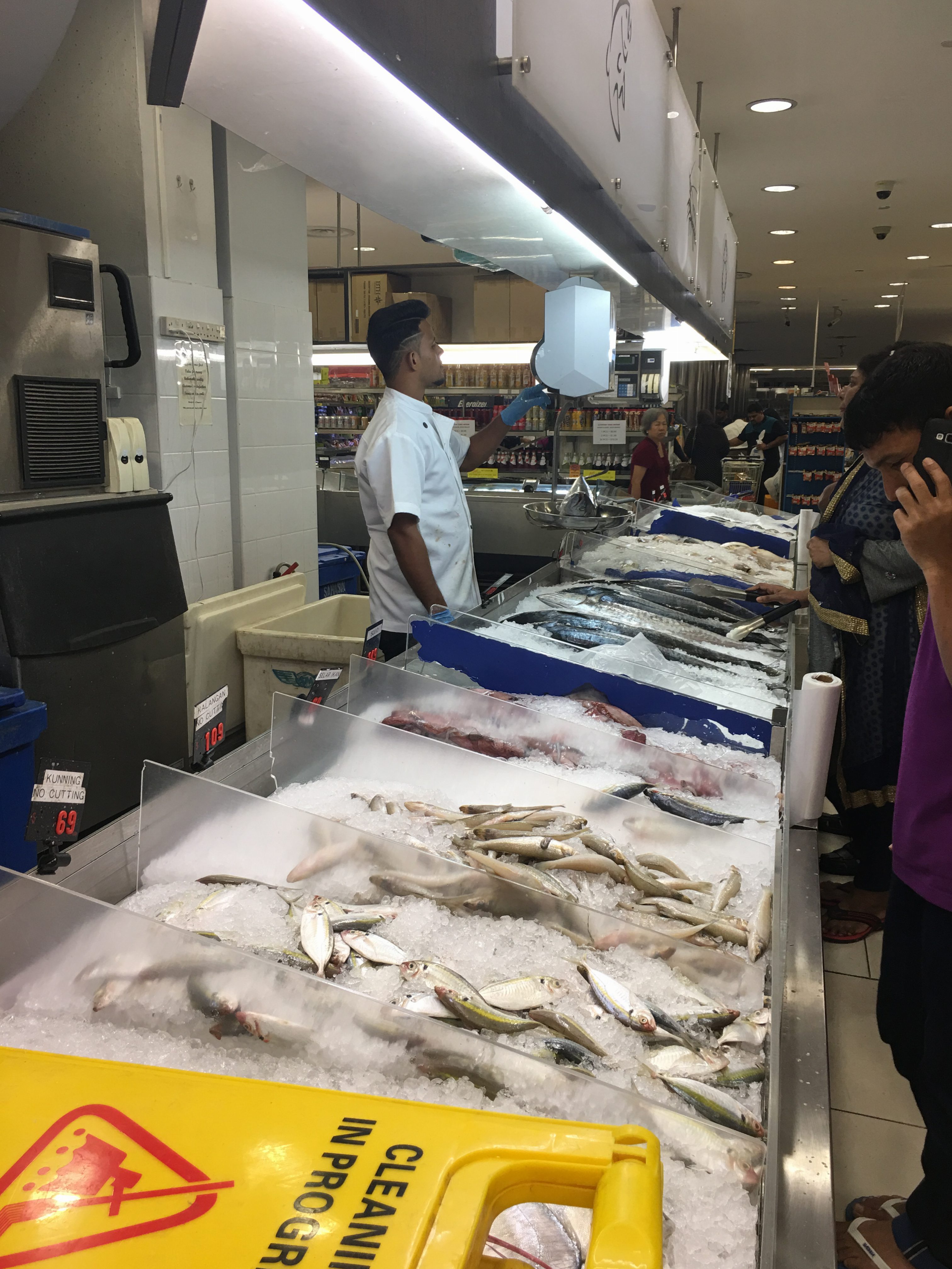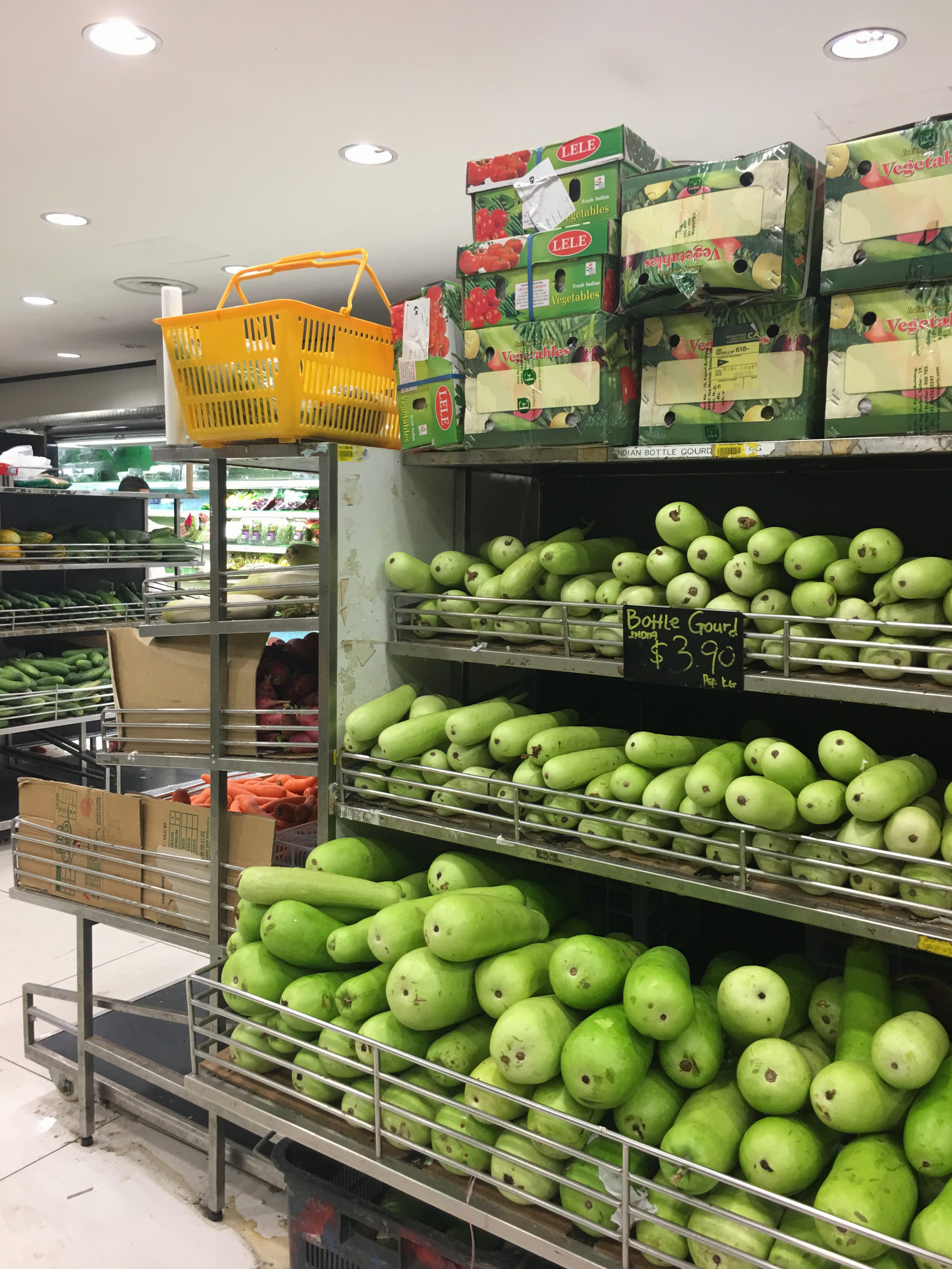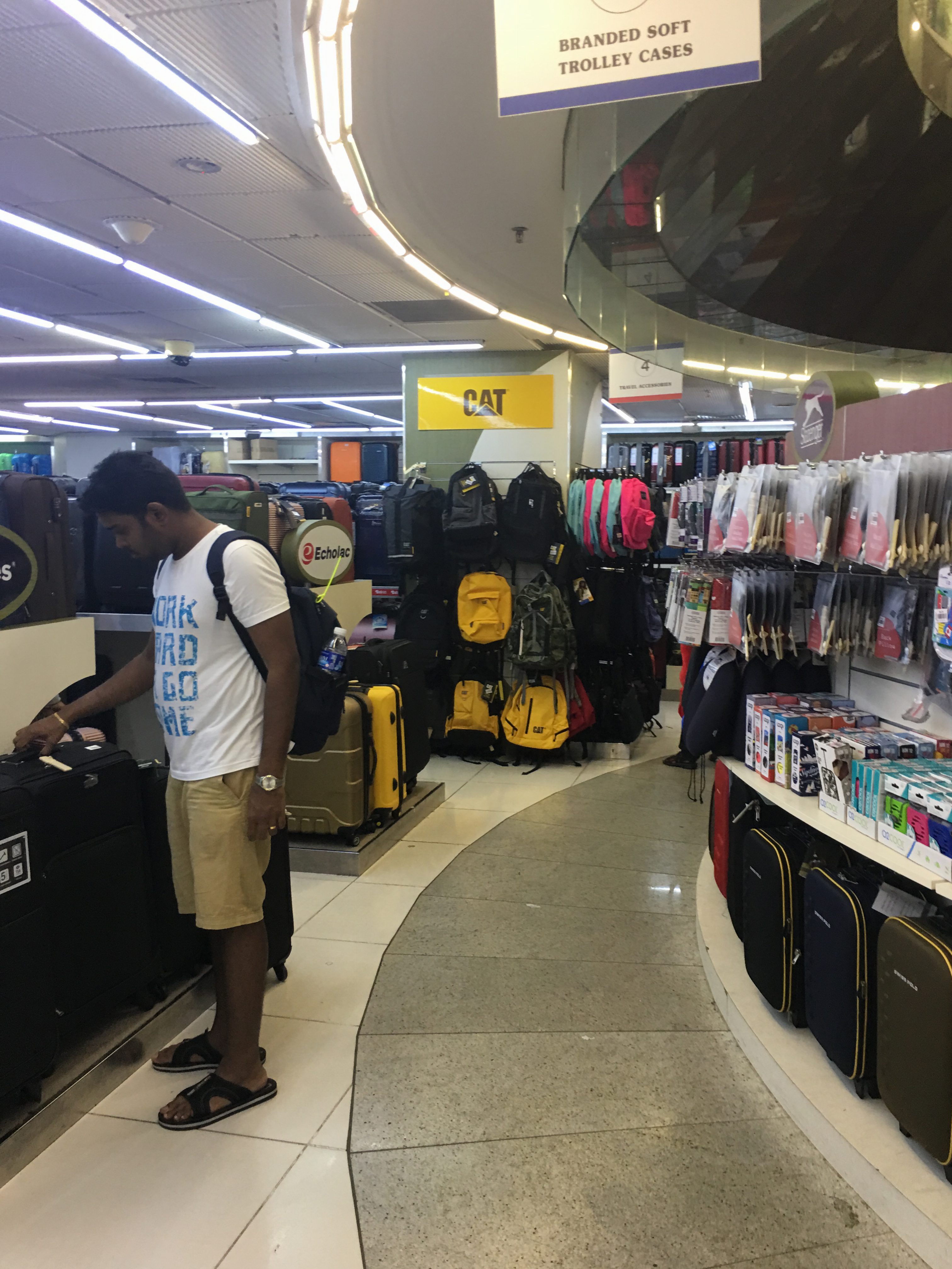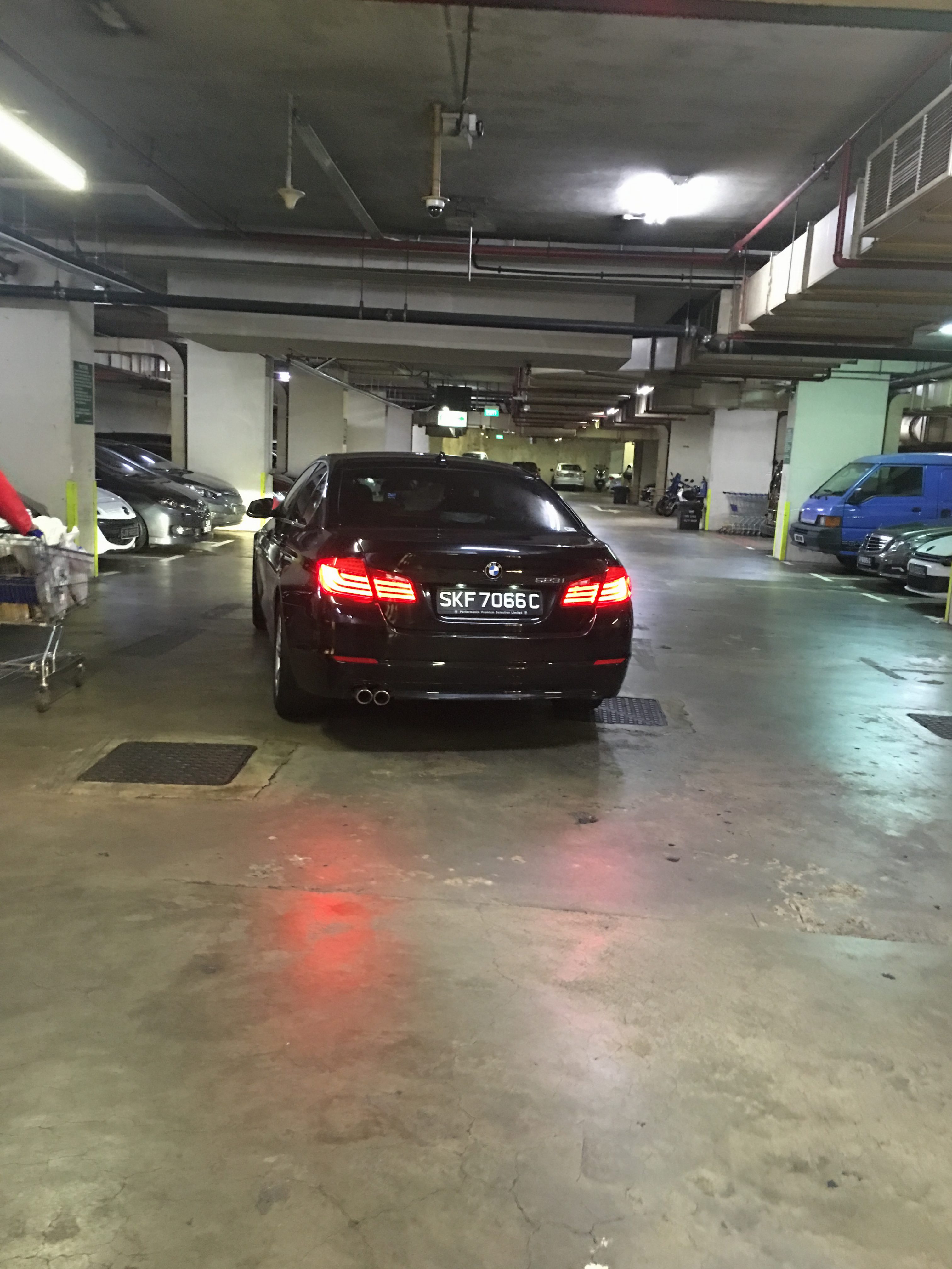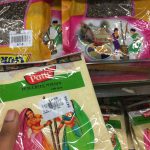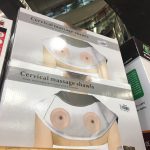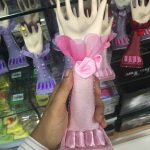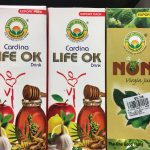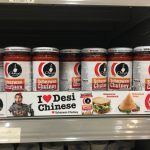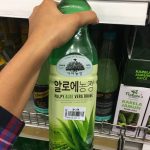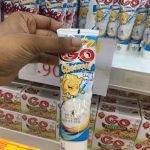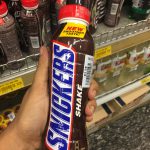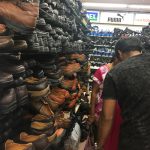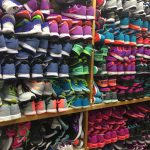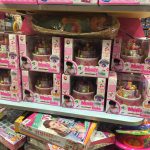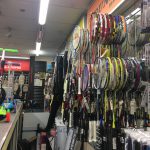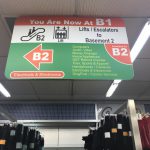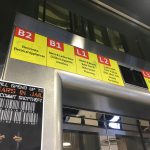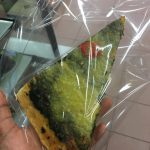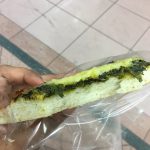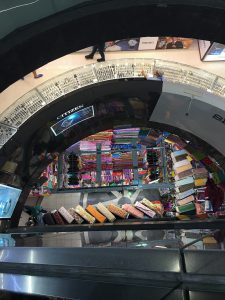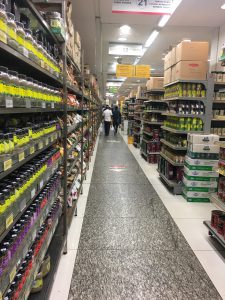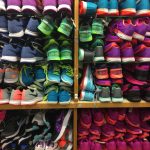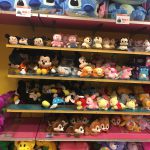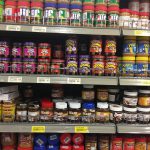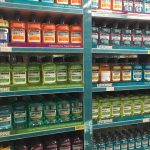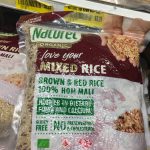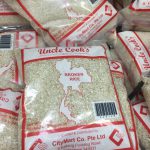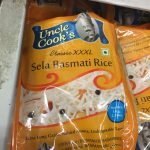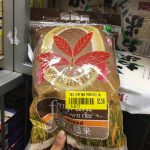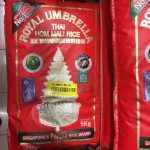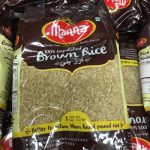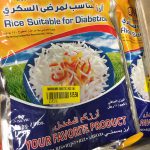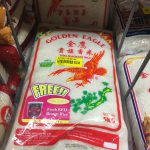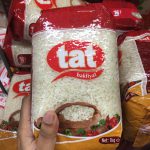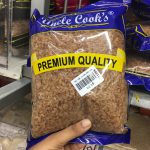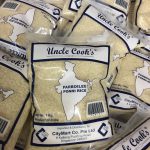Mustafa Visits: In the search for the Unique Selling Point
Before visiting the site, I conducted some secondary research on Mustafa:
- 24 hour shopping mall
- 22 years old; opened in April 1995
- Located in Syed Alwi Road, Little India
- 37,000 m2 retail floor area
- Over 300,000 items sold
On the 2nd of March, I walked to Mustafa from Farrer Park MRT, entering via Entrance 3. One thing I immediately noticed was how crowded the streets and mall were. This was probably because it was Friday evening, one of the peak timings, as I would later come to find out.
The mall is surrounded by Indian restaurants, which makes sense because the mall is located in Little India.
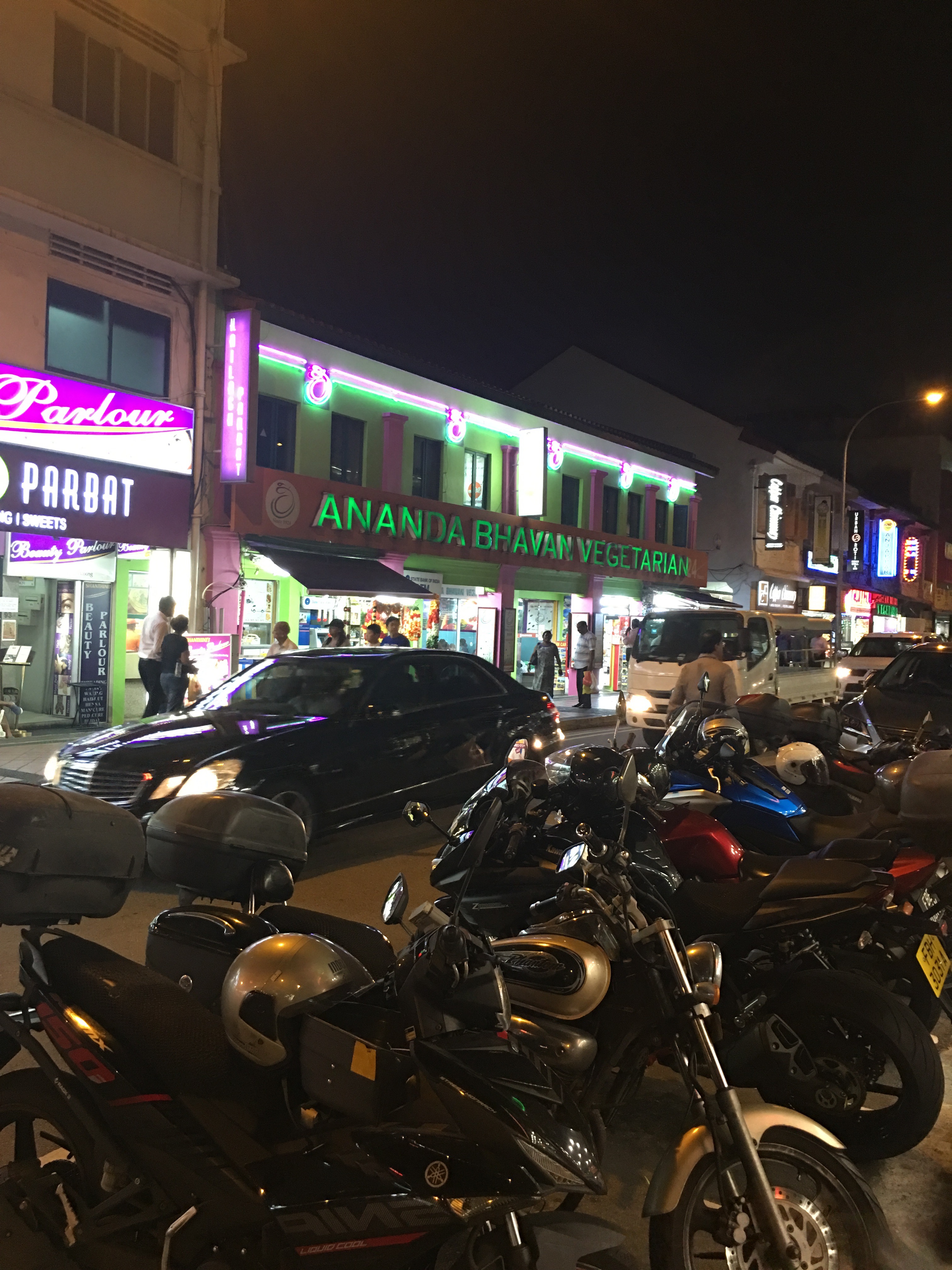 At the entrance, there was a small monitor showing the occupancy to warn shoppers when it’s unsafe to enter. At that time, the occupancy (probably an average, for a certain amount of space) was 259, with the maximum load being 431.
At the entrance, there was a small monitor showing the occupancy to warn shoppers when it’s unsafe to enter. At that time, the occupancy (probably an average, for a certain amount of space) was 259, with the maximum load being 431.
 Upon entering, I saw the pharmacy section. Upon seeing all the overwhelmingly numerous different types of medicines sold, I decided to note down the broader categories of products sold instead of being more specific, like noting down pharmacy instead of cough medicine, ointments etc.
Upon entering, I saw the pharmacy section. Upon seeing all the overwhelmingly numerous different types of medicines sold, I decided to note down the broader categories of products sold instead of being more specific, like noting down pharmacy instead of cough medicine, ointments etc.
Brief overview of items sold on each floor
B2: Electronics, Electrical Appliances
B1: Menswear, Womenswear, Children’s Apparel, Jewellery
L1: Health & Beauty, Baby food & Milk Powder, Pharmacy
L2: Supermarket, Fresh Produce (F&V, Meat, Fish), Grocery, Perishables (most crowded)
L3: Supermarket, Household Products, Car Park
L4: Stationery, Hardware, Household items (least crowded)
Unusual products?
In my quest to note down the different products sold, I noticed some rather unusual products being sold, most of them being of the food variety.
Interviews
I conducted interviews with two employees. First, I interviewed Jasbee Kaur from the sunglasses section.
As I did not have a unique selling point yet, I just asked some general questions.
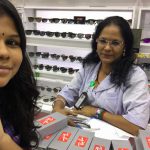 Q: How long have you been working here?
Q: How long have you been working here?
A: From 2000 till now.
Q: How familiar are you with the place?
A: I know all the places, so I’d say pretty familiar.
Q: How’s it like working at Mustafa?
A: I like it! The boss is nice. There is no target I need to fulfill, no nothing. For every 100 customers, 95% are okay. Most of them are tourists from India and Bangladesh.
Q: What are some pros and cons, or pet peeves?
A: A pro is that all items can be found. But there are no seating places and baby fitting places. Some new staff might point customers the wrong way.
Q: When are the busiest times?
A: Friday, Saturday and Sunday, from about 11.30 am to 7 or 8 pm. On public holidays it goes up to about 10 pm.
Here’s my second interview!
Continuing on, I realized that I started to get more and more overwhelmed. Mustafa is very visually tiring on the eyes after a while, with really tall shelves and bright, saturated colors. My eyes started getting really fatigued from the repeated patterns in the shelving. Even though it was organized in a way, there was a lot of cramming into spaces that didn’t really seem big enough.
I also started getting very, very lost. Thankfully, the signs pointed me to different sections.
Inside the mall, there was also a bakery. Here, I sampled the spinach pizza. It was pretty salty and I didn’t particularly enjoy it (probably because it was cold and slightly hard), but it was definitely not terrible. I could see someone really craving pizza coming here for pizza at 2 or 3 am.
Visuals
Architecture
Very geometric shapes, with both strong straight lines (for example, rows of items) and curved lines (from circular “hole” in the middle surrounding which floors are arranged – see below).
Colors
Really bright and saturated! They are also repeated in recurring patterns.
Leaving the mall, I tracked the number of people passing through different entrances per minute, as well as the racial profile, as I noticed that there seemed to be more Indians in the mall than other races.
|
Entrance |
Chinese |
Indian |
Malay |
Others |
|
1 |
6 |
22 |
8 |
11 |
|
2 |
9 |
19 |
5 |
6 |
|
3 |
10 |
17 |
8 |
5 |
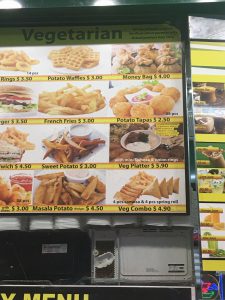
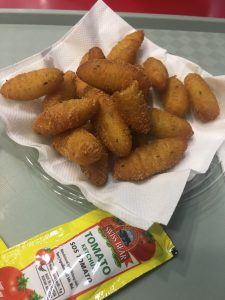 Walking along the other side of Mustafa, I also noticed how there was in-house restaurant. Here, I sampled the tater tots. Again, it was pretty salty. However, it was still an improvement over the pizza from earlier because it was hot.
Walking along the other side of Mustafa, I also noticed how there was in-house restaurant. Here, I sampled the tater tots. Again, it was pretty salty. However, it was still an improvement over the pizza from earlier because it was hot.
After the visit, I found some unique qualities about Mustafa.
1) It sells some really weird and unique items, that you wouldn’t think would be sold under one roof, or could even be found in Singapore. Most of them are of the food variety. I considered analyzing the weirdest food items I’ve seen there and maybe do a review of them as well.
2) How it is a one-stop place for literally anything you could need at any random time of the day. I thought that this could be translated into an infographic with a clock, and showing what you might need at different times of the day can be found where specifically at Mustafa.
3) It sells a huge variety (brand-wise) of certain items, like rice and spices (see below for rice varieties).
4) It’s method of organization seems to make sense, but also can be really bizarre. The items are arranged in a sort of nonsensical way, like for example there’ll be cereals over fresh fruit.
Consult
After the discussion with Joy, I narrowed down my Unique Selling Point to Mustafa being an organized mess. My task would then be to find out how people react to this mess, shoppers and staff alike.
Visit Two: Unique Selling Point identified. On to further research! How do people react to the organized mess?
Going into Mustafa this time, I had a much clearer idea of what I was looking for. I came up with a set of questions beforehand.
Questions for staff:
1. How did you make sense of the place?
2. How long did it take you to make sense of the place?
3. How organized/messy do you find Mustafa on a scale of 1-10?
4. What are the most busy times? When are the least busy times?
Questions for seasoned shoppers:
1. Profile: Age, gender, how long have you been shopping at Mustafa?
2. What do you come to Mustafa to buy?
3. How do you navigate? (Stairs, escalators, lifts?) (Start from bottom floors upward? Which sections do you visit first?)
4. How long does it take you to navigate? Do you spend more time navigating or shopping?
5. How did you make sense of the place? How long did it take you?
6. How long do you spend here? How much do you spend usually?
7. How organized/messy do you find Mustafa on a scale of 1-10?
8. What would be the best strategy for a new shopper?
Questions for newbie shoppers:
1. Profile: Age, gender, how long have you been shopping at Mustafa?
2. What do you come to Mustafa to buy?
3. How do you navigate? (Stairs, escalators, lifts?) (Start from bottom floors upward? Which sections do you visit first?)
4. How long does it take you to navigate? Do you spend more time navigating or shopping?
5. How long have you been here?
6. How organized/messy do you find Mustafa on a scale of 1-10?
Below is an interview I managed to record with the help of a friend.
Field Ethnography
I also did field ethnography in that I shadowed my mom as she shopped. I wanted to play this video during my presentation but technical difficulties arose, sadly! I initially tried shadowing a random shopper on one of my earlier trips, but they noticed me and told me to stop following them so I decided to just accompany my mom on one of her shopping trips. She is a seasoned shopper. I’d previously accompanied her for short trips, but never had really analyzed how she navigated through Mustafa. This below video does that.
Staff behavior to mess
I also walked around trying to observe the staff’s behavior towards mess and captured this video of a staff conscientiously picking misplaced items out of a pile during the peak hours.
The above videos illustrate some research I didn’t manage to cover during my presentation. My presentation can be found below (it also covers some other research methods I did not talk about in this post, cause it’s already on the slides)! I organized my slides according to the unique selling point, the organized mess, hence splitting the presentation into two parts: the “organized” and the “messy” aspects. I also summarized the results of my interviews with 10 employees, 10 newbie shoppers and 10 seasoned shoppers, and explored other sensory and physical impacts.
